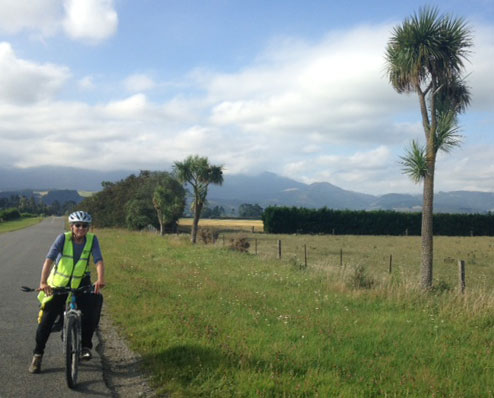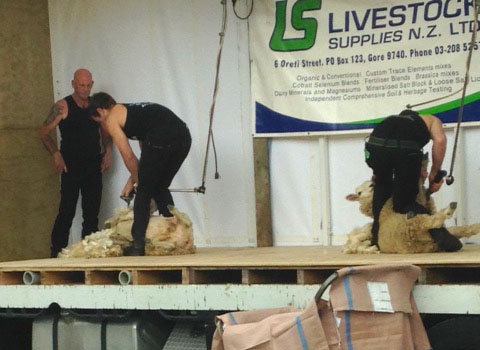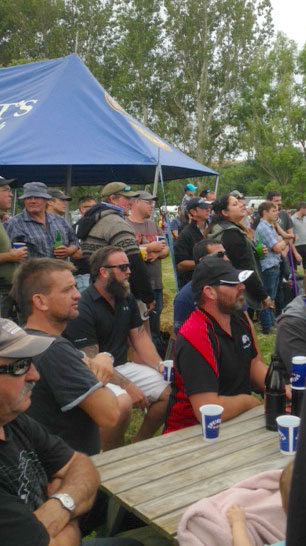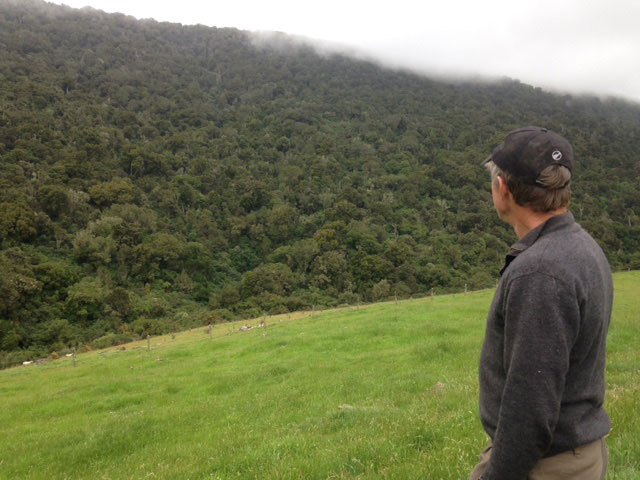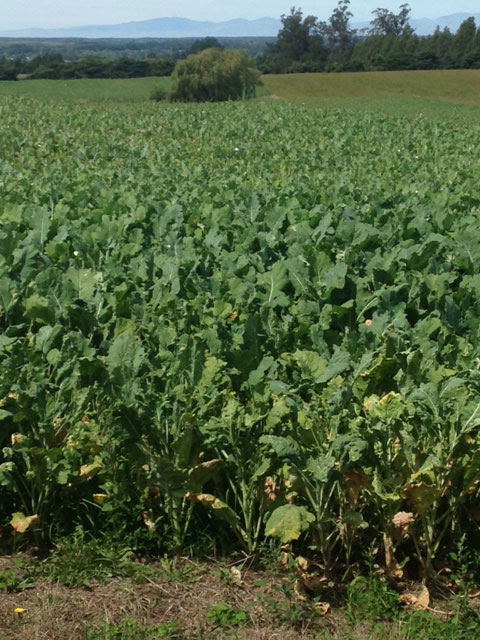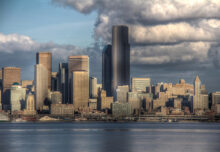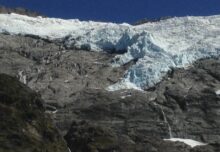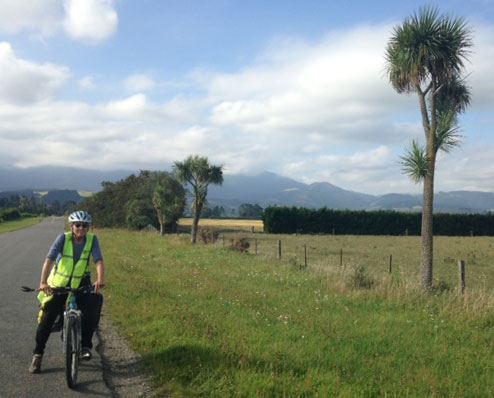
The Smell of Turnips – a Cyclist’s View of New Zealand Agriculture
One of my New Zealand friends teaches horticulture. Another one owns a hilly farm containing thousands of sheep, and a third family has a small organic homestead at the end of a long, quiet valley. On our bicycle journey to visit these friends, my husband and I have cycled through miles of paddock and field, dry or irrigated. Sheep dominate the landscape but dairy and beef cows are here too, red deer and elk, and sometimes a vineyard or orchard and once we passed a lavender farm.
Our sheep farmer friend and his son took us to the Southern Field Days, a big agricultural fair where farm fields had been transformed into lanes filled with booths selling fertilizer and gumboots and irrigation systems, and everything and anything associated with agriculture. As we strolled down a narrow aisle in a huge tent, a group walked toward us, some with cameras. We ducked out of the way and our friends said, “That’s John Key, the prime minister.” I struggled to identify him in the group of men wearing green baseball caps. He was the one smiling and shaking hands.
When the hubbub died down, our friends said that of course John Key would be there. He is supposed to support farmers, they said, but I could tell they didn’t think he did. He plays golf in Hawaii with Obama and had breakfasted in London with the Queen, they said, with a bit of disgust in their voices. He didn’t really understand farmers.
We watched the tractor pull and guessed the weight of a large ram and threaded our way into a crowded outside bar, the “tables” round bales of hay. Two-by -two, men stepped onto the makeshift stage, their shears in their hands. Assistants dragged in wooly lambs ready for their first shearing and on the count of three they were off, holding the sheep with a knee and expertly shearing from the head down to the back legs. Most of the men could take all of the fleece off a lamb in about thirty seconds and it was mesmerizing to watch. An MC narrated with great gusto and music blasted as the first shearer to finish pulled the cord that stopped the electric shears.
The crowd shouted encouragement and groaned when the second shearer missed winning by a second or two. We watched the first round, the semi-finals and the final round when two expert shearers walked onstage in their soft moccasins, their handshake friendly but the winner would take home hundreds of dollars for first prize.
On the drive back to the farm I asked Neil about sheep shearing at his farm. They go slower, of course, he said, as they shear hundreds of sheep a day. These days the wool isn’t worth much, unless you raise merino sheep. Neil raises sheep for meat. Their coarse wool is used in carpets and insulation.
When Neil and Pam gave us a tour of their farm the next day, they were most proud of the land they have fenced off to give it a chance to return to native bush. They also grow trees, pines that grow quickly, eucalyptus that take a little longer to reach full size, and other species that will take decades to reach maturity.
After we left the Cullen’s sheep farm we pedaled through a river valley where stone fruit orchards covered places where gold miners had disturbed the land. Up above the orchards were the ever-present flocks of sheep, the hoofed locusts as John Muir called them, eating the grass down to nubs.
Days later we descended from the mountains on steep windy roads, passing more sheep and also herds of beef cattle. At almost every turn I would smell brassicas, huge fields of turnips or kale planted as winter food for the sheep and cows. New Zealand has a mild climate and the animals have no need of barns or sheds. Even when we reached dairy farm country the animals grazed outside, or lined up for milking.
Big dairy farms are new here, and controversial. One man I talked to said he hates dairy, it is polluting the rivers and the farms are owned by greedy corporations. He said New Zealand used to have 60 million sheep and now it has only 30 million (this wouldn’t have seemed terrible to John Muir). Other people told me how many farmers rushed into dairy but now the price of milk is low and some are struggling. I did notice many dairy farms for sale at a real estate display at the field days. Three million dollars could buy a good farm.
Our friend who teaches horticulture, Chris, says New Zealand prides itself on being clean and green, and international consumers expect healthy, uncontaminated food. But we saw very few organic farms, and they were usually small. GMO seeds are not allowed here, but many farmers seem very fond of Roundup, an herbicide that is usually paired with GMO seeds. The big sheep stations hire helicopters to spread fertilizers and pesticides on their remote fields. And pests like possums, rabbits, and rats are routinely poisoned.
Yesterday we pedaled through wide fields of kale, past sheep nibbling grass, and a vineyard that also had olive trees, a new sight for me. To get though a narrow pass we had to return to the main road and push hard against a strong headwind. After we refueled at a small cafe, called a tea room here, we turned up the Scargill Valley and reveled in an empty paved road, 25 kilometers of slight downhill with the wind at our backs.
When the pavement ended we continued on the dirt road until we saw the small windmill at the edge of the little farm owned by our friends, Sue and Neville. Here we is a place where everything is done by hand – the milking of the cow, the weeding of the gardens, the making of the cheese. This small farm does not export its lamb or beef or apples to Asia or Europe, but it does feed an extended family and has nurtured many guests who come here to help and learn about organic farming. Agriculture is New Zealand’s most important export, but it is also the heart of this beautiful country at the end of the world.

